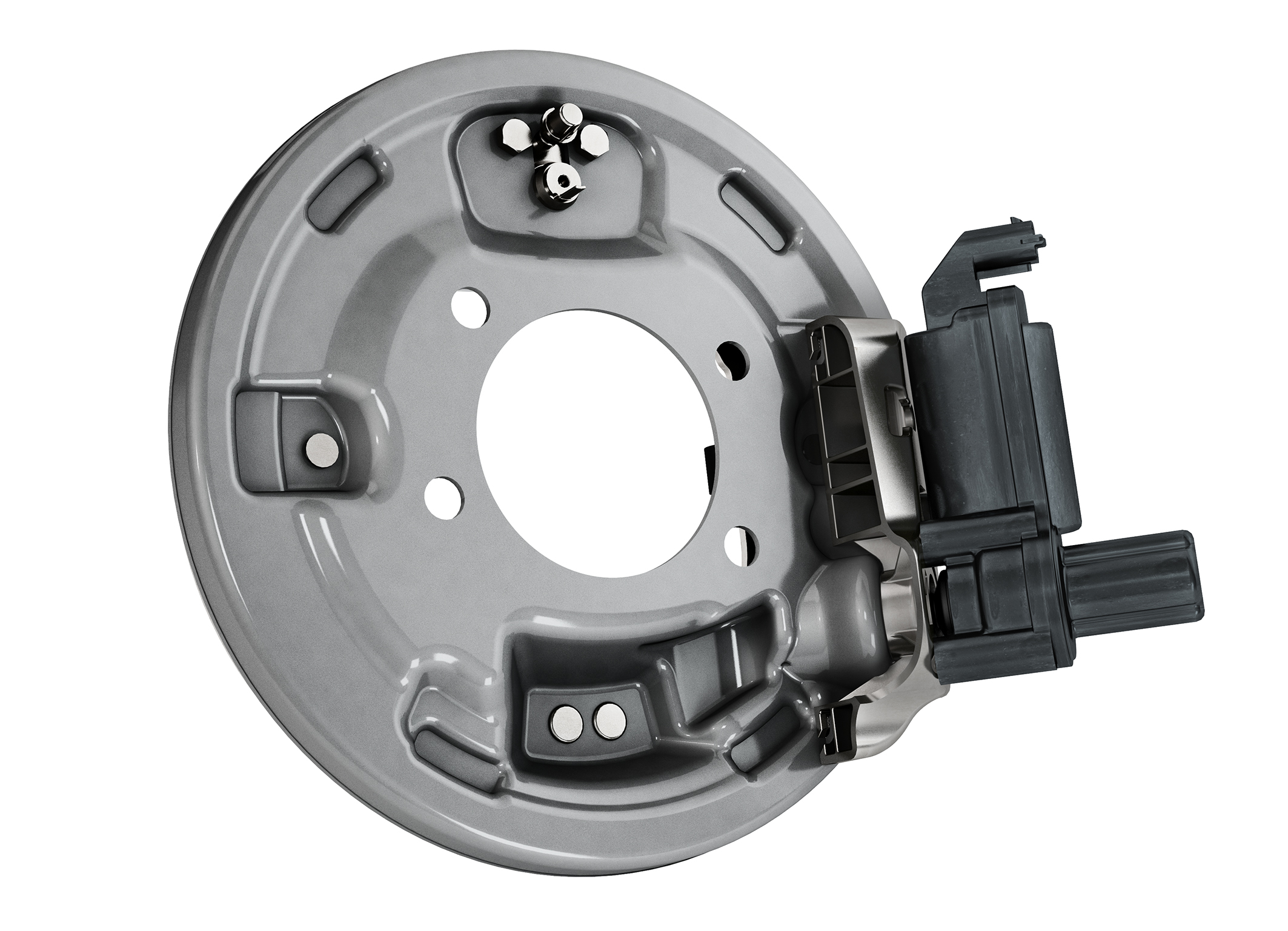
Eagle-eyed observers of some relatively recent electric vehicle releases might have noticed something a bit odd, something which seems like a contradiction of the industry moving towards new technologies.
Drum brakes are slowly becoming more and more accepted as the way forward – and not just from a cost-saving point of view for manufacturers.
They actually have some merit in the world of electrification, acting as a far more efficient part in the life of a car than the more advanced disc and caliper set-up.
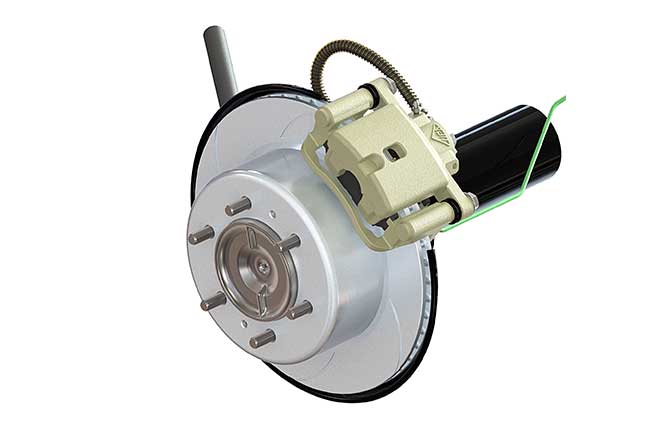
For those who are new to the intricacies of how brakes operate, or need a quick refresher, let’s give you a crash course – or crash prevention course if you will.
Disc brakes, which you’ll find on pretty much every half-decent new car since the mid-2000s, work by mounting a caliper with brake pads inside it on a hub-mounted disc.
The disc rotates with the wheel but when the brake pedal is pushed, hydraulic fluid forces the pistons inside the caliper to push out towards the disc, squeezing it between the two pads – this friction then begins to slow the car down, converting kinetic energy to heat, hence why you’ll see a lot of vents in a typical disc.
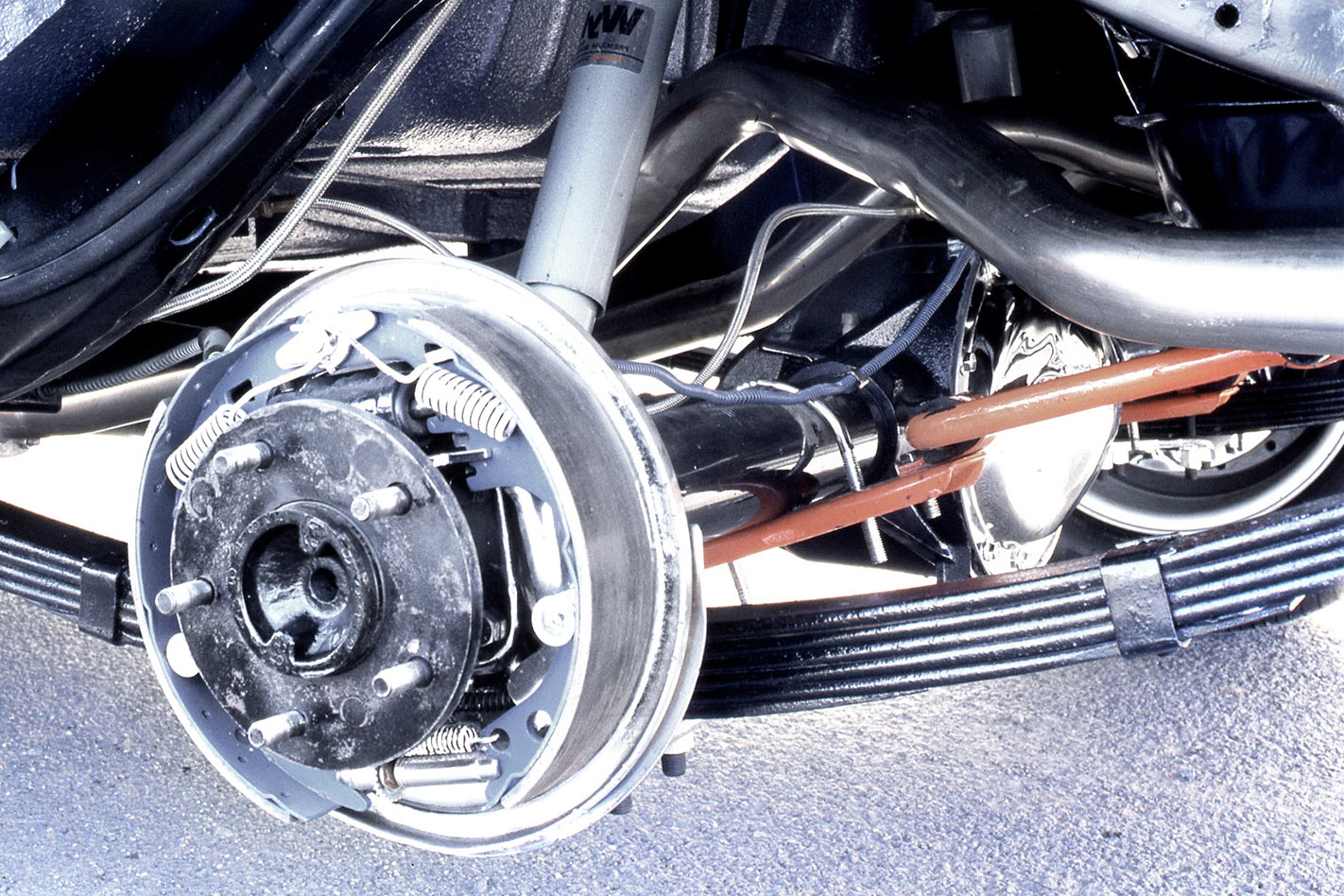
Now drum brakes, which have been around since the dawn of the automobile, operate within an enclosed drum, again attached to the hub but now containing all the relevant parts inside.
Two shoes are usually found in a typical drum and are pushed out by a cylinder within the unit when the brake pedal is pressed, pushing outwards against the inner surface, again creating friction.
Despite being cheaper to manufacture, drums were essentially phased out due to the fact they not only generate more heat than discs but are also worse at dissipating the heat. Additionally, discs can adjust and clean themselves.
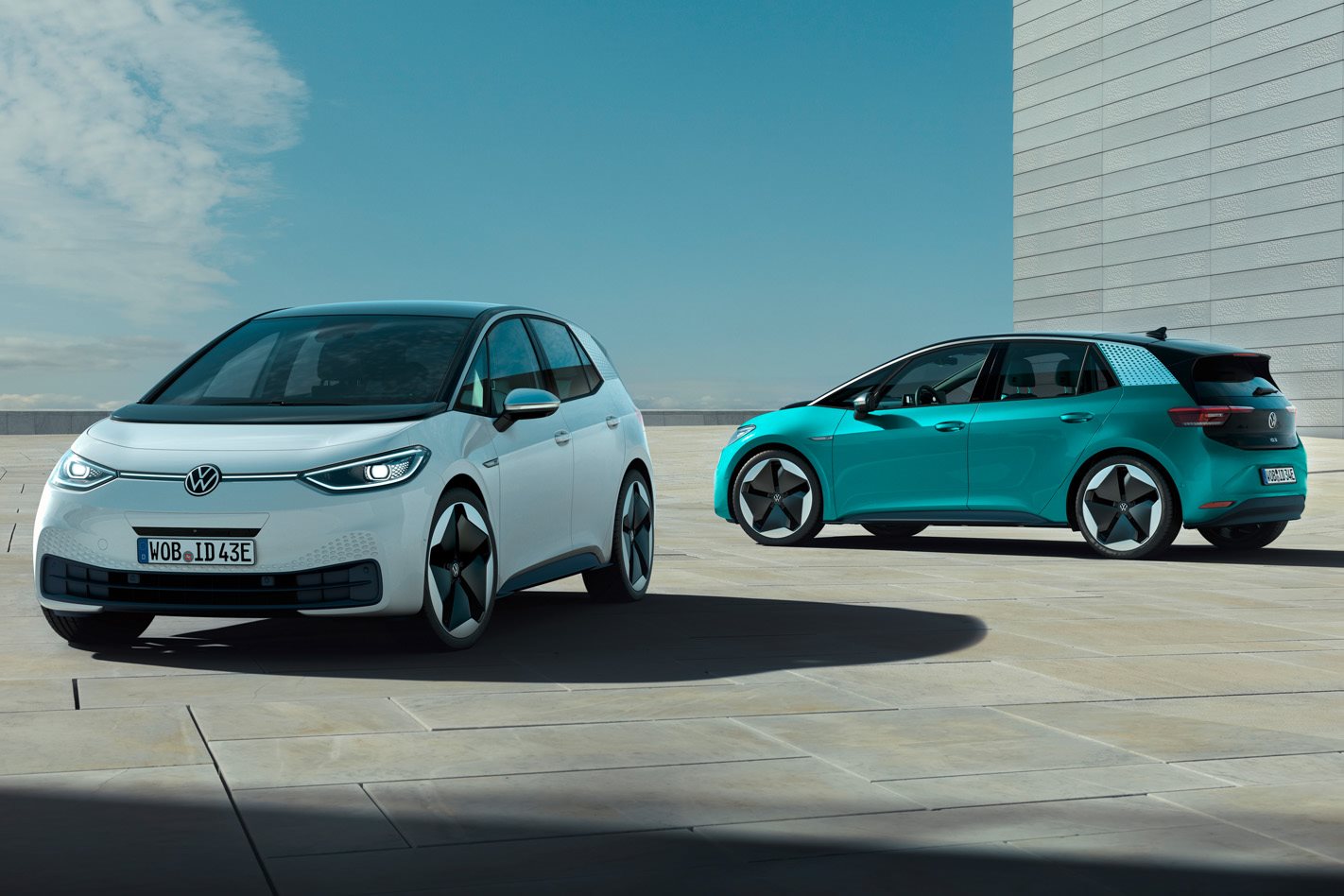
However, there is one drawback to disc brakes which is a key weakness of EVs – driving range.
Disc brakes naturally drag the pad against the rotor, ever so slightly creating resistance which increases fuel consumption in most vehicles, or in the case of EVs, reduces their driving range.
Volkswagen wanted to find a way around this problem when developing its ID.3 and ID.4 EVs, turning to Continental for help in developing a drum brake set-up for the vehicles.
Fitted to the rear axle, the drums are the perfect partner to the rear motor which does a majority of the braking through regeneration, essentially putting itself into reverse when off-throttle or on the brake pedal.
With a large share of the load being taken up by the motor, the drawbacks of the drums having less braking power is negated, also inflicting less wear on them given they are not the primary source of deceleration.
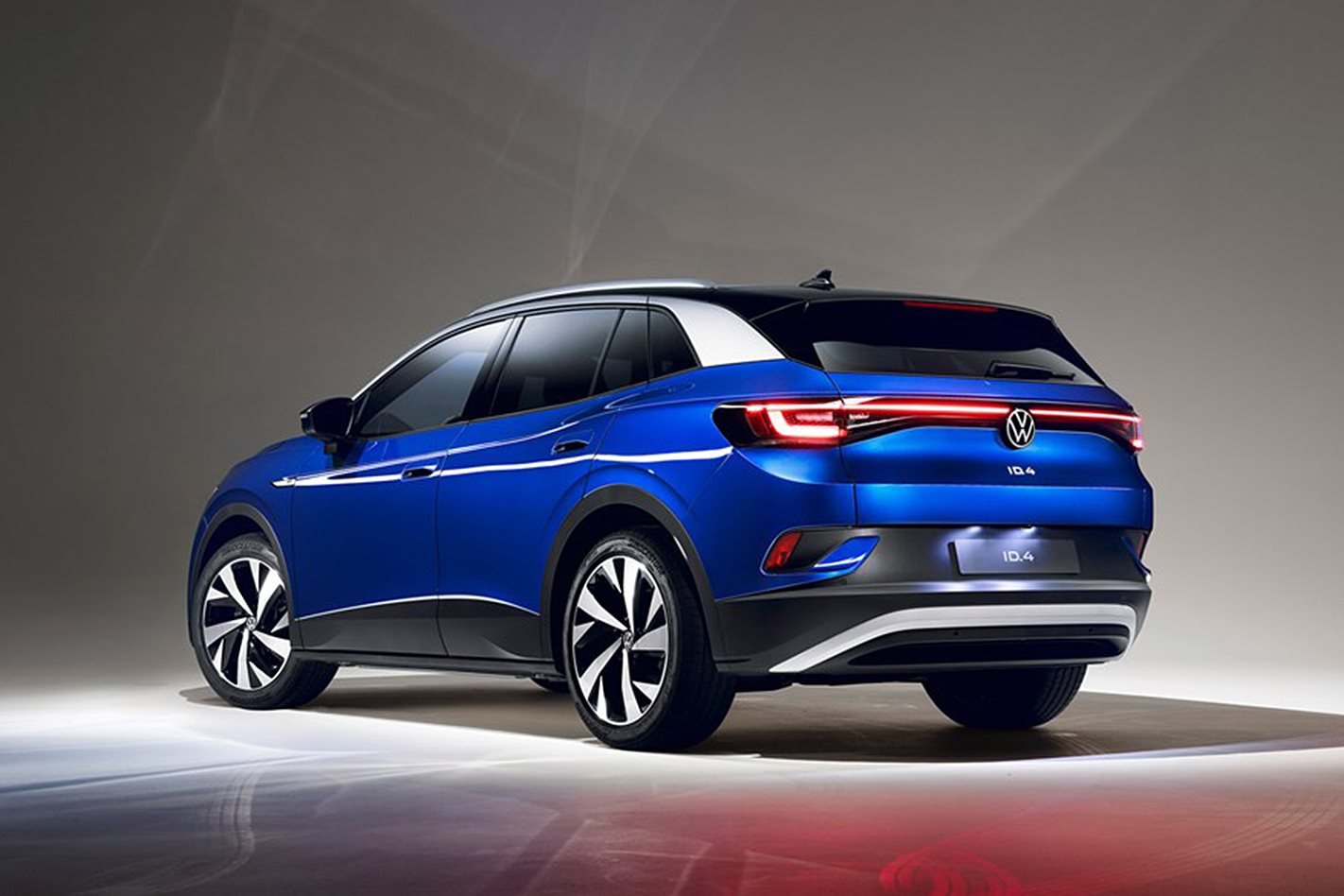
According to a 2020 statement from Continental, the drums fitted to the rear axle of the vehicles have a service schedule of 150,000 kilometres, making them one less expense which needs to be worried about when the vehicle is taken to the mechanics.
One other advantage for drum brakes is their design makes it easier to integrate a handbrake/emergency brake within the drum, meaning seperate mechanisms to fit an electronic parking brake are not required, further reducing weight and increasing driving range.
With manufacturers obsessed with increasing the driving range of their EVs, coupled with a desire to lower production costs, it’s hard to argue against the case of drum brakes making a comeback – just don’t expect red Brembo options any time soon.
We recommend
-
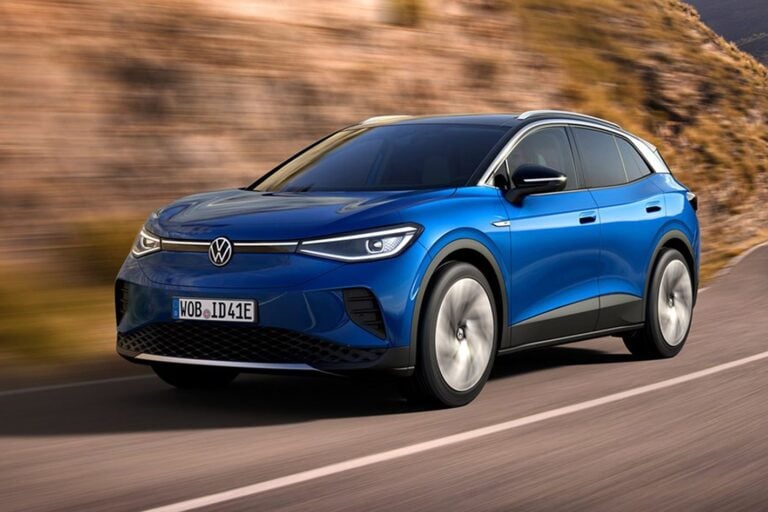 News
NewsVolkswagen ID.4 electric SUV debuts
VW’s second 'ID' EV model has been formally unveiled and will go on sale in Europe this year before heading Down Under in 2022
-
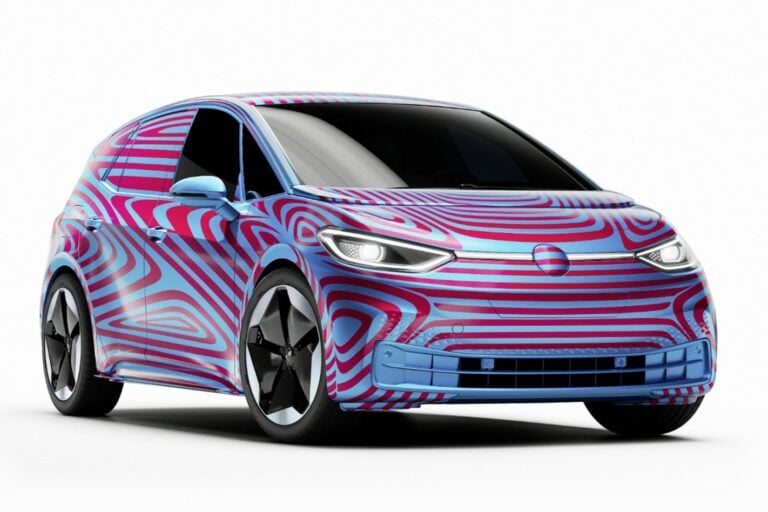 News
NewsHalf of Australian sales to be EV by 2030: VW
Volkswagen’s ID.3 electric pioneer will be the new people’s car, leading the way for a whole family of EVs
-
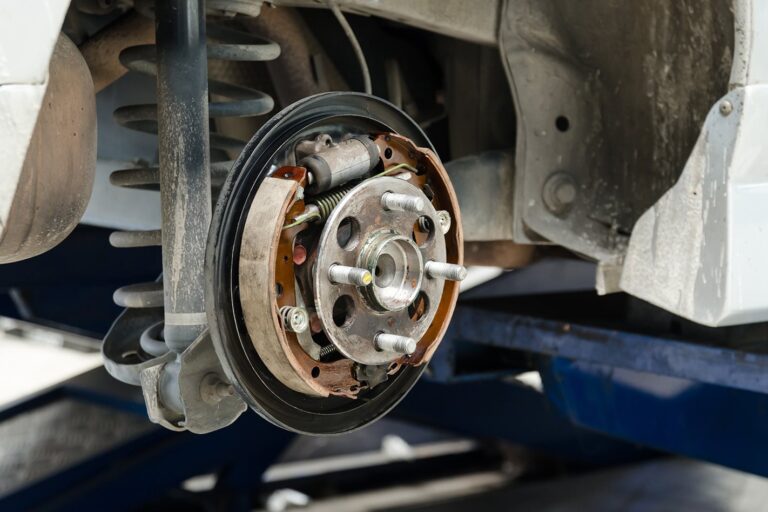 Advice
AdviceYour car’s brakes explained
The breakdown on the devices that help you slow down




